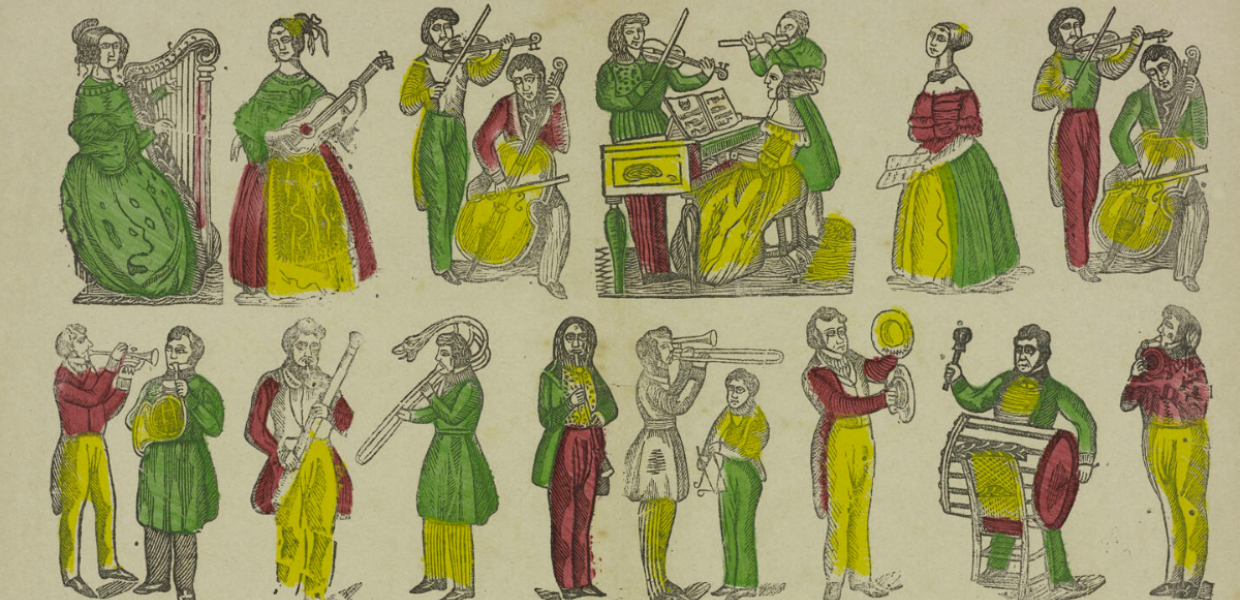Libraries, archives and museums working together on copyright: the Dutch example
In most European countries, galleries, library, archive and museum (GLAM) organisations make efforts to provide copyright support to their members. However, this work does not always take place across sectors even as they face similar issues. The Dutch Copyright Working Group offers an example of how GLAM organisations can work together on copyright, and in this post Annemarie Beunen, copyright lawyer at the National Library of The Netherlands, and Maartje Hülsenbeck, copyright lawyer at the Netherlands Institute for Sound and Vision (co-chairs of the group) share some insights about how it works.
When, how and why was the Dutch Copyright Working Group created?
A predecessor of the group was created around 2009. It was established to stay up to date with legal developments concerning mass digitisation initiatives by cultural heritage institutions (CHIs). Around that time in the Netherlands, in order to clear copyrighted works to make them available online, digitisation pilot projects were being carried out which made use of new Extended Collective Licensing-like (ECL) contracts with Collective Management Organisations (CMOs).
Around 2011, this predecessor was transformed into a (larger) informal national copyright working group. It now consists of 20 people from CHIs who deal with copyright in their daily work, including several lawyers. They come from archives (including the National Archives of the Netherlands and the Netherlands Institute for Sound & Vision), museums (including EYE Film Museum) and libraries (Leiden University Libraries and the National Library of the Netherlands).
Once every two months, we strive to meet face-to-face at a different ‘member’ institution, where we are given an introduction on its copyright matters as a start to the meeting.
What do you find are the benefits of addressing copyright issues across sectors?
Libraries, museums and archives have common interests, and joining forces definitely gives our copyright lobbying more weight. Moreover, European copyright law with its exceptions for cultural heritage institutions also treats us as one group, which makes cooperation logical.
Does the group engage with policy makers?
Yes, we do. For public consultations on copyright, our group prepares model submission texts which can then be commonly submitted by umbrella organisations of libraries, museums and archives, and individual CHI’s. Our current efforts are mainly focused on the Dutch implementation of the Copyright in the Digital Single Market (CDSM) Directive, and when the government published the public consultation on this topic, we followed this process. It helped several institutions feel ready to engage and also submit comments.
Tell us more about discussions on the Directive in the Netherlands.
A subgroup with representatives of umbrella organisations of libraries, museums and archives went to the Ministry of Justice (responsible for copyright and the Directive implementation) and to the Ministry of Culture to discuss the CDSM bill. The consultation submission we prepared was carefully studied by the Ministry of Justice, and several comments were taken on board. CHIs have formally been recognised as one of five stakeholder groups the Ministry of Justice talks to in this process. Thanks to that, we were able to have a say on confidential versions of the implementation bill which the Ministry sent to us.
Apart from the most relevant provisions in the Directive, we are also raising themes like the European Union Intellectual Property Office’s Out Of Commerce Works (OOCW) portal, and we are making a plea for Dutch legislation enabling web harvesting to enrich our collections. Libraries, museums and archives will also join upcoming stakeholder dialogues on OOCW and Text and Data Mining (TDM). The Ministry of Justice is now preparing to commission a separate research into our plea for a legislative solution to enable web harvesting of online copyright works to preserve Dutch internet history.
What other activities do you do as a group?
A subgroup of our Working Group is now developing a copyright decision model (for the Dutch Digital Heritage Network) to enable CHIs to assess the copyright status of works in their collections so as to decide whether and how they may be put online.
We also discuss sensible action in case a CHI receives a copyright claim, and we closely follow copyright lawsuits against CHIs. We share this information in a closed online platform.
Of course we strive for a Dutch implementation of the CDSM Directive which optimally benefits libraries, museums and archives. For more information, you can reach out to Annemarie Beunen.


